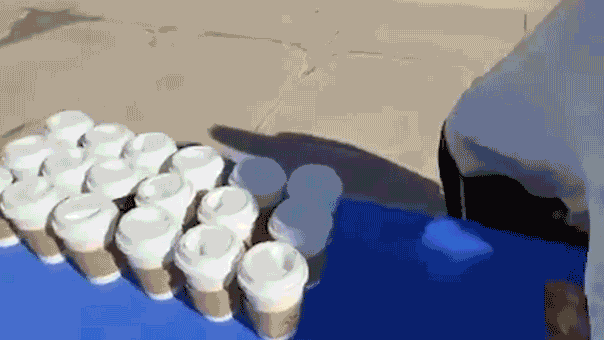A brutal Arctic blast is poised to grip a vast expanse of the United States, threatening to shatter November temperature records and deliver a shocking dose of winter. The approaching cold isn't a gradual shift; it's a swift, dramatic plunge that will reach as far south as Florida, leaving millions unprepared for the sudden freeze.
Satellite imagery reveals a stark picture: two powerful low-pressure systems swirling over the Atlantic and Pacific, while a massive dome of frigid air builds over Canada. This icy force will surge southward by Friday, driven by a classic weather pattern that traps warm air in the West and unleashes a deep freeze upon the East. The result will be a stark temperature divide, with record lows looming for much of the nation.
The first whispers of the change will arrive Friday night as a strong high-pressure system establishes itself over western Canada. This will trigger a northerly flow, sending a wave of cold air surging into the Midwest and Great Lakes. By Saturday, the chill will be undeniable, demanding the retrieval of long-forgotten gloves and scarves as a developing frontal system pushes eastward.

By Sunday, the heartland will be in the grip of the cold. From the Dakotas to Tennessee, temperatures will plummet 20 to 25 degrees Fahrenheit in a single day. Cities like Joplin, Missouri, and Atlanta will experience conditions more typical of December, while the upper Midwest and Great Lakes brace for daytime highs well below freezing.
The Great Lakes region is bracing for significant snowfall. Cold, dry air sweeping over the relatively warmer lake waters will generate intense lake-effect snow, potentially burying some areas under two feet by Tuesday morning. Chicago could face powerful snow squalls on Sunday, with meteorologists warning of blizzard-like conditions and even the rare phenomenon of ‘thundersnow.’
Monday will mark the peak of the cold wave, as the Arctic air mass reaches full strength. A powerful high-pressure system over Canada will drive freezing winds deep into the southern states. The Southeast will bear the brunt, with Alabama, Georgia, Tennessee, and the Carolinas facing temperatures 25 to 35 degrees below normal – a historic drop for mid-November.

Commuters and early risers should prepare for punishing morning lows. Sunday could see readings in the teens across the Upper Midwest and the Dakotas, with much of the central US dipping into the 20s. Freezing conditions will extend into North Texas, Louisiana, and central Alabama. By Monday morning, the cold will stretch from the Midwest through the Great Lakes, Ohio Valley, and even into northern Florida, where temperatures could fall into the low 30s.
The temperature contrast across the country will be dramatic. While the Southeast freezes, the West will bask in unseasonable warmth. This extreme split will create a striking weather map, with deep blue cold anomalies dominating the East and fiery red warmth across the West – a classic ‘dipole’ pattern in full effect.
As winds subside late Monday, the cold will settle even more deeply. Clear skies overnight will allow heat to escape, sending temperatures plummeting across the Southeast. Florida, in particular, will feel the bite as the final surge of Arctic air pushes through before dawn on Tuesday, bringing widespread frost and ice to states unaccustomed to such conditions.

By midweek, the cold will finally begin to ease, but not before leaving its mark. The early-season freeze will have touched nearly every corner of the eastern United States, from the Great Lakes to the Gulf. With daytime highs struggling to climb above freezing and lake-effect snow burying some towns, the message is clear: winter has arrived early, and it means business.






